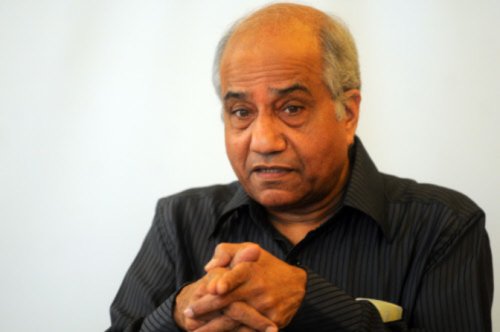
The Hindu | August 24, 2017
A BIT of critique
Prabhash Ranjan
The Srikrishna committee has lost an opportunity to push for the recalibration of the Indian BIT regime
The recent report of the Justice B.N. Srikrishna committee, constituted to prepare a road map to make India a hub of international arbitration, has recommended many changes in Indian arbitration law and institutional mechanisms to promote arbitration in India. Its recommendations on bilateral investment treaty (BIT) arbitration assume importance as India is currently battling 20-odd BIT disputes. These recommendations are largely on the issue of managing and resolving BIT disputes.
Dispute management
For better management of BIT disputes, the committee recommends the creation of an inter-ministerial committee (IMC), with officials from the Ministries of Finance, External Affairs and Law. It also recommends hiring external lawyers having expertise in BITs to boost the government’s legal expertise ; creating a designated fund to fight BIT disputes ; appointing counsels qualified in BITs to defend India against BIT claims ; and boosting the capacity of Central and State governments to better understand the implications of their policy decisions on India’s BIT obligations.
The most significant recommendation is the creation of the post of an ‘international law adviser’ (ILA) to advise the government on international legal disputes, particularly BIT disputes, and who will be responsible for the day-to-day management of a BIT arbitration. The intent here is laudable, i.e. augmenting the government’s expertise on BITs and designating a single authority to deal with all BIT arbitrations. However, this recommendation will amount to duplicating the existing arrangement to offer advice on international law, including BITs, to the government.
The Legal and Treaties (L&T) division of the External Affairs Ministry is mandated to offer legal advice to the government on all international law matters including BIT arbitrations. Instead of creating a new office — which will only intensify the turf wars between ministries, and deepen red tape — the L&T division should be strengthened. This division could be made the designated authority to deal with all BIT arbitrations and thus act as the coordinator of the proposed IMC. Furthermore, the IMC should have a member from the Commerce Ministry as well. This ministry, while dealing with India’s trade agreements — that also cover investment protection — works in tandem with the Finance Ministry. Thus it is only prudent that both be a part of an IMC on BIT dispute management.
Dispute resolution
In resolving BIT disputes, the committee has made some useful interventions such as mentioning the possibility of establishing a BIT appellate mechanism and a multilateral investment court. However, its conclusion that the investor-state dispute settlement (ISDS) mechanism, given in Article 15 of the Indian Model BIT, provides an effective mechanism for settling BIT disputes between an investor and state is problematic for the following reasons.
First, Article 15 requires foreign investors to litigate in domestic courts at least for a period of five years. Assuming that proceedings end in five years but the investor is not happy with the outcome, the investor can initiate a BIT claim provided it is done within 12 months from conclusion of domestic proceedings. Out of these 12 months, the next six months must be spent trying to amicably settle the dispute with the state. If not, then the investor has to serve a 90-day notice period to the state, and only after this can she actually submit the dispute for BIT arbitration. In short, even if an investor is extremely alert, she only has a window of three months to actually submit a dispute for BIT arbitration. Such strict limitation periods dilute the effectiveness of the ISDS mechanism. Second, there are many other jurisdictional limitations given in Article 13 that also limit the usefulness of ISDS. Third, the ISDS mechanism in the Indian Model BIT extends from Articles 13 to 30 covering issues such as appointment of arbitrators, transparency provisions, enforcement of awards, standard of review, which have a bearing on the efficiency of the ISDS mechanism. The report is silent on all these critical issues.
A wish list
BIT arbitration has three aspects : jurisdictional (such as definition of investment), substantive (such as provision on expropriation) and procedural (ISDS mechanism). While the commission’s mandate was to focus on BIT arbitration, i.e. on all the three parts, strangely, it narrowed it down to just the procedural aspect. This is even more surprising because the committee had organised a conference earlier this year to brainstorm on topics covering all three aspects mentioned earlier, especially in the context of Indian Model BIT. The committee’s explanation that since issues like expropriation require greater debate, it decided not to make any recommendations on these issues is weak. Despite making some useful suggestions, the committee has squandered a great opportunity to comprehensively push for the recalibration of the Indian BIT regime, which has oscillated from being pro-investor to being pro-state.
Prabhash Ranjan, Assistant Professor of Law at South Asian University & Visiting Scholar at Brookings India, was consulted by the Srikrishna Committee. The views expressed are personal


